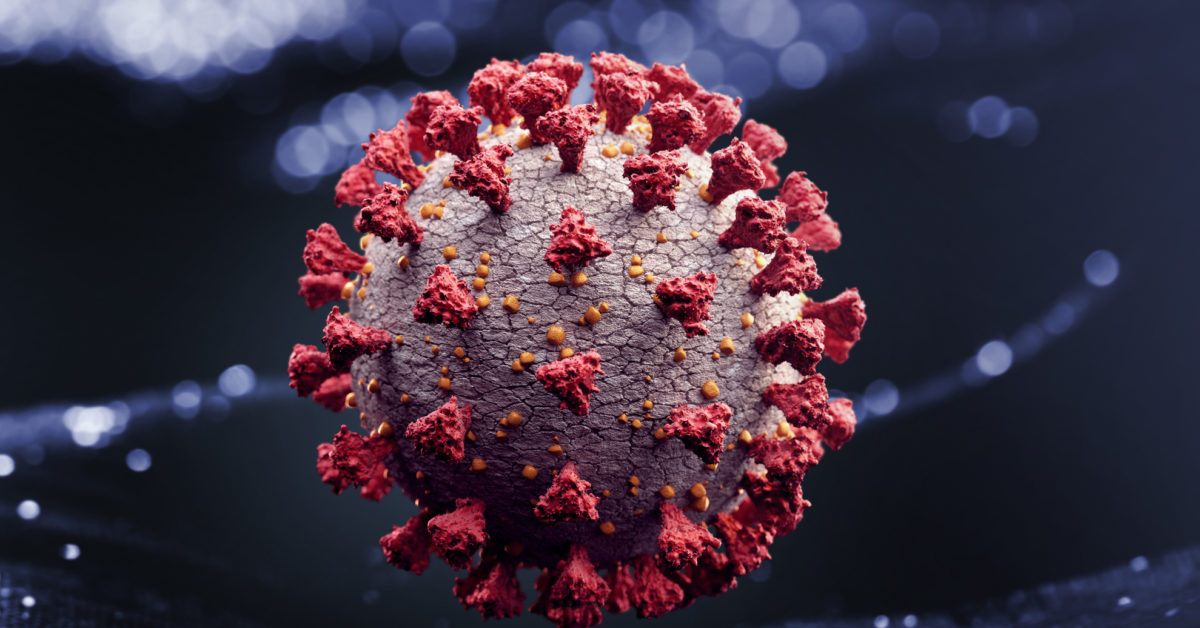Researchers have identified a new coronavirus that is closely related to SARS-CoV-2, the virus behind COVID-19. The discovery provides fresh evidence that SARS-CoV-2 evolved naturally and was not produced in a lab. The new virus is not likely to infect humans.

Since the start of the coronavirus pandemic, rumors have circulated that the SARS-CoV-2 virus, which causes COVID-19, emerged from a laboratory in Wuhan, the city in China where the outbreak began.
This theory was recently given credence by United States President Donald Trump, who claimed to have evidence that SARS-CoV-2 originated in a Chinese laboratory. However, he has not shared any information that would support this claim.
Meanwhile, a growing body of scientific research strongly indicates that SARS-CoV-2 was not manufactured.
New research published in the journal Current Biology adds to the evidence that the virus may have evolved naturally.
The team — led by researchers from Shandong First Medical University, in China — identified a new coronavirus in bats that is closely related to SARS-CoV-2. The two viruses are so closely related that it is highly unlikely that SARS-CoV-2 emerged from a laboratory.
Much of the debate about the origin of the novel coronavirus has centered on its spike protein, with which the virus binds to receptors on a host cell, ultimately allowing the virus to infect the cell and cause disease.
At the point where the two parts of the spike protein meet, there are an extra four amino acids, representing a difference from other coronaviruses. This feature, known as the S1/S2 insertion, is highly unusual and, so far, unique to SARS-CoV-2.
This unique characteristic of the spike protein has fuelled the idea that the virus may have been created in a laboratory.
“Since the discovery of SARS-CoV-2,

